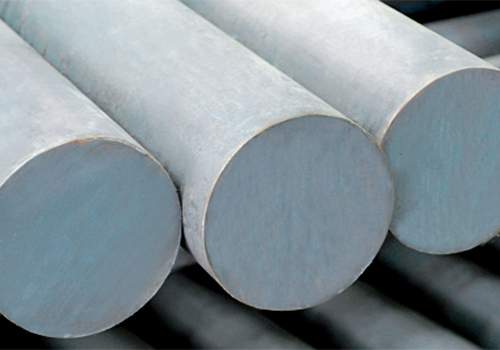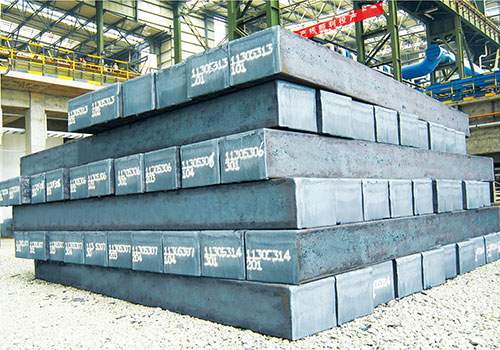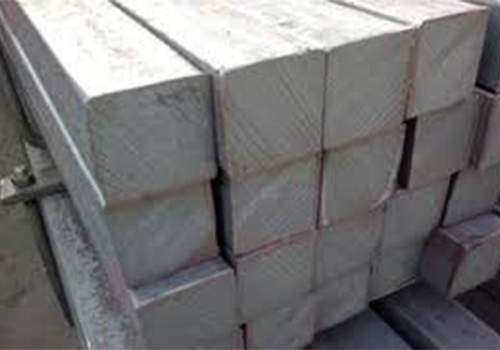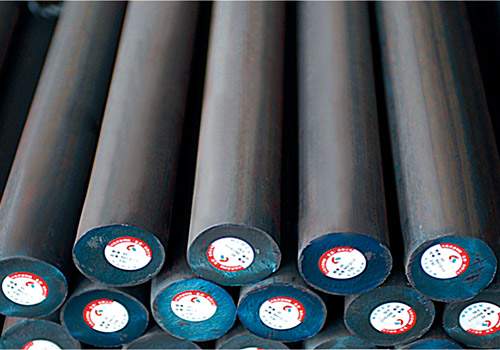
What Is AISI 1020 Steel? Properties and Uses Explained
Introduction
AISI 1020 steel is one of the most popular and widely used carbon steels in the manufacturing and construction industries. Renowned for its excellent balance between strength and ductility, this steel is a go-to choice for a wide range of applications. From automotive components to machinery parts, AISI 1020 steel is versatile, reliable, and cost-effective.
This blog provides a comprehensive overview of AISI 1020 steel, including its chemical composition, mechanical properties, and common uses. Whether you are an engineer, a manufacturer, or someone curious about materials, understanding AISI 1020 steel can help you make informed decisions for your projects.
Henan Jiyuan Iron and Steel (Group) Co., Ltd. was founded in 1958. It has rich experience in production and research and development. It provides you with one-stop steel services and welcomes consultations from customers around the world.
What Is AISI 1020 Steel?

AISI 1020 steel belongs to the category of low-carbon steels, meaning it has a carbon content of approximately 0.20%. This composition makes it an excellent choice for applications requiring moderate strength and good machinability. The steel’s simplicity in composition and affordability have contributed to its widespread adoption across industries.
This steel is typically supplied in the hot-rolled or cold-rolled condition, depending on the desired surface finish and mechanical properties. Its low carbon content also means it has excellent weldability, making it suitable for various fabrication processes.
Key Features of AISI 1020 Steel:
- Low carbon content (~0.20%)
- Good machinability and weldability
- Moderate tensile strength
- Excellent ductility and toughness
- Cost-effective and versatile
Chemical Composition of AISI 1020 Steel
AISI 1020 steel is composed of several elements that contribute to its unique properties. The following table provides an overview of its chemical composition:
| Element | Composition (%) | Role |
|---|---|---|
| Carbon (C) | 0.18 – 0.23 | Increases hardness and strength |
| Manganese (Mn) | 0.30 – 0.60 | Improves strength, toughness, and wear resistance |
| Phosphorus (P) | ≤ 0.040 | May affect machinability |
| Sulfur (S) | ≤ 0.050 | Enhances machinability (in controlled amounts) |
| Iron (Fe) | Balance | Base metal providing overall structure |
The balanced combination of carbon and manganese ensures that AISI 1020 steel achieves a desirable mix of strength, machinability, and ductility.
Mechanical Properties of AISI 1020 Steel


Understanding the mechanical properties of AISI 1020 steel is essential for selecting it for specific applications. Here’s an overview of its key mechanical characteristics:
Tensile Strength and Yield Strength
- Tensile Strength: 410 MPa (Hot-Rolled), 420-440 MPa (Cold-Rolled)
- Yield Strength: 245 MPa (Hot-Rolled), 300-320 MPa (Cold-Rolled)
These properties make AISI 1020 steel suitable for components that require moderate strength and load-bearing capabilities.
Hardness
- Brinell Hardness (BHN): 111-126 (Hot-Rolled)
- The hardness of AISI 1020 steel can be increased through carburizing or other heat treatments.
Elongation and Toughness
- Elongation: Approximately 25% in 50mm
- The steel’s high elongation value indicates good ductility, allowing it to withstand deformation without breaking.
Weldability and Machinability
- Excellent weldability due to its low carbon content.
- Good machinability, particularly in the cold-rolled condition, making it ideal for turning, drilling, and milling processes.
Common Applications of AISI 1020 Steel
AISI 1020 steel’s versatile properties make it a preferred material for numerous applications. Here are some of its most common uses:
Automotive Components
AISI 1020 steel is widely used in the automotive industry for parts such as axles, shafts, and gears. Its strength, ductility, and machinability make it an excellent choice for manufacturing these components.
Construction
In the construction industry, AISI 1020 steel is used for structural components like beams, rods, and bars. Its weldability ensures seamless assembly, while its toughness allows it to withstand heavy loads and stress.
Machinery and Equipment
The steel is used to produce various machinery components, including levers, spindles, and couplings. Its machinability allows manufacturers to produce intricate designs with precision.
Piping and Tubing
AISI 1020 steel is also used for making pipes and tubes, especially in applications requiring moderate strength and good weldability. It is commonly seen in hydraulic systems and general-purpose piping.
Agricultural Equipment
Agricultural machinery, such as plows and tractor components, often incorporates AISI 1020 steel due to its toughness and ability to withstand wear and tear.
Comparing Hot-Rolled and Cold-Rolled AISI 1020 Steel

The choice between hot-rolled and cold-rolled AISI 1020 steel depends on the specific application. Here’s a comparison:
| Property | Hot-Rolled AISI 1020 | Cold-Rolled AISI 1020 |
|---|---|---|
| Surface Finish | Rough | Smooth |
| Strength | Lower than cold-rolled | Higher |
| Hardness | Lower | Higher |
| Cost | More affordable | Slightly more expensive |
| Applications | Structural components | Precision parts |
This comparison highlights the differences in properties and applications, helping you choose the right type of AISI 1020 steel for your needs.
Conclusion
AISI 1020 steel is a versatile, cost-effective material that offers an excellent balance of strength, machinability, and weldability. Its chemical composition and mechanical properties make it suitable for a wide range of applications, from automotive parts to structural components. By understanding its features and uses, you can make informed decisions when selecting materials for your projects.
Whether you’re working on a large-scale construction project or manufacturing intricate machinery parts, AISI 1020 steel is a reliable choice that delivers consistent performance.
FAQ
What is AISI 1020 steel?
AISI 1020 steel is a low-carbon steel with approximately 0.20% carbon content. It is widely used for its excellent machinability, weldability, and moderate strength.
What are the main applications of AISI 1020 steel?
AISI 1020 steel is commonly used in automotive components, construction, machinery, piping, and agricultural equipment.
How does AISI 1020 steel compare to other carbon steels?
Compared to high-carbon steels, AISI 1020 offers better ductility and weldability but lower hardness and strength. It is an ideal choice for applications requiring moderate strength and good machinability.
Can AISI 1020 steel be heat-treated?
Yes, AISI 1020 steel can be heat-treated to improve its hardness and strength. Common methods include carburizing and annealing.
Is AISI 1020 steel suitable for welding?
Yes, AISI 1020 steel has excellent weldability due to its low carbon content. It is compatible with most standard welding methods.
What is the difference between hot-rolled and cold-rolled AISI 1020 steel?
Hot-rolled AISI 1020 steel has a rough surface finish and lower strength, while cold-rolled AISI 1020 steel offers a smoother finish and higher strength.
What industries commonly use AISI 1020 steel?
Industries such as automotive, construction, machinery manufacturing, and agriculture frequently use AISI 1020 steel for its reliability and versatility.
How is AISI 1020 steel processed?
AISI 1020 steel can be processed through hot rolling, cold rolling, forging, and machining, depending on the desired properties and application.






